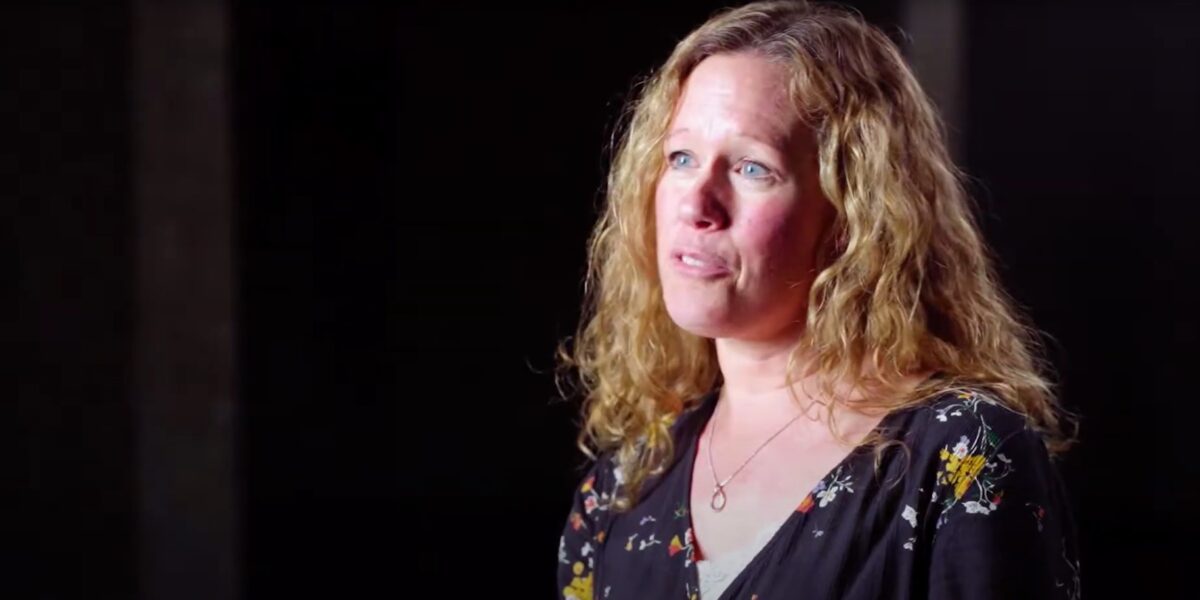- About us
- Our Courses
section
- Finance For Non-Financial Managers
- Commercial Acumen & Awareness
- Finance Business Partnering
- Creating and Managing Budgets
- Understanding and Analysing Accounts
- Business Case Creation & Evaluation
- Project Finance & Investment Appraisal
- Balance Sheet Analysis
- Bespoke Learning
- News
- Resources
- Case Studies
- Contact us
We still have a few dates available for bookings before the end of June 2024
Contact us nowThere is often a misconception that profit and cash are the same thing, but that’s not exactly true.
Helen Howard explores how profits and cash differ in this video, including real life examples to demonstrate why they are different.

“To understand why profits and cash are not the same, first of all we have to understand what they actually are and then we can look at some of those differences.
What Are Profits?
We’ll start with profits. Profits, using technical language, can be described as showing us the financial reflection of the operational activities that occur during a financial period.
Now let me explain what I mean by that. A financial period is simply a month or a year. The operational activities that occur are the things that we do day to day, just for running our business. We sell some stuff, we buy some stuff, we have some staff that work for us, we rent some premises. All of those things represent operational activities.
The financial effects of those that we need to see, simply says that if we’re doing these things, we need to see the financial impact of those in the month or year in which those things actually take place. That’s what profit is all about. It’s not a tangible thing. We can’t hold profit physically, but it’s a very important measure of how our business is performing.
What Is Cash?
Cash on the other hand is real, it’s very tangible. You can take your cash out of a bank account and you can count it up and then you can go and spend it. It’s a very physical item. Hopefully, we’re already starting to see that they’re slightly different.
What Is The Difference?
To explain more about those differences, let’s think about the products and services that we sell within our business. We sell our product, we give it to our customers, and they walk away. We typically send them an invoice. The invoice generally gives them 30-60 days credit. At the point that we’ve given the product to our customer, we’re going to represent that as a sale in our profit/loss account. The financial effect is hitting our profit straight away at the point we transfer that, but we don’t receive the cash until 30 maybe 60 days later. So, the cash isn’t impacted until a much later date.
Conversely, we’re buying products and receiving services to do the things that we need to do within our business. At the point in time that the products come into our premises or the service is delivered to us, we have to recognise the financial effect of that within our profit/loss account. We’ve received it, we should see the financial effect of it right now. But we’re probably going to pay for that on an invoice basis and you might not actually hand over any cash for another 30, 45, 60 days.
We’re seeing some differences in the timing of when we show something as profits and when it impacts our cash flow. A third example is, we often buy very large items for our business, we call those things fixed assets. Things like equipment, company cars, buildings etc. Things we’re going to get value from for a long time. At the point of purchase, the cash is transferred out of our business. So, our cash is going down but it doesn’t impact our profit until we start depreciating those things in value over time.
These are three examples that demonstrate why profit and cash are not the same. “
COMMERCIAL ACUMEN & AWARENESS TRAINING COURSE
Our Commercial Acumen & Awareness Training course provides participants with practical tools to enable them to help their organisation in achieving (and continuing to achieve) top-level commercial success.
© 2024 Complete Financial Training. All Rights Reserved.